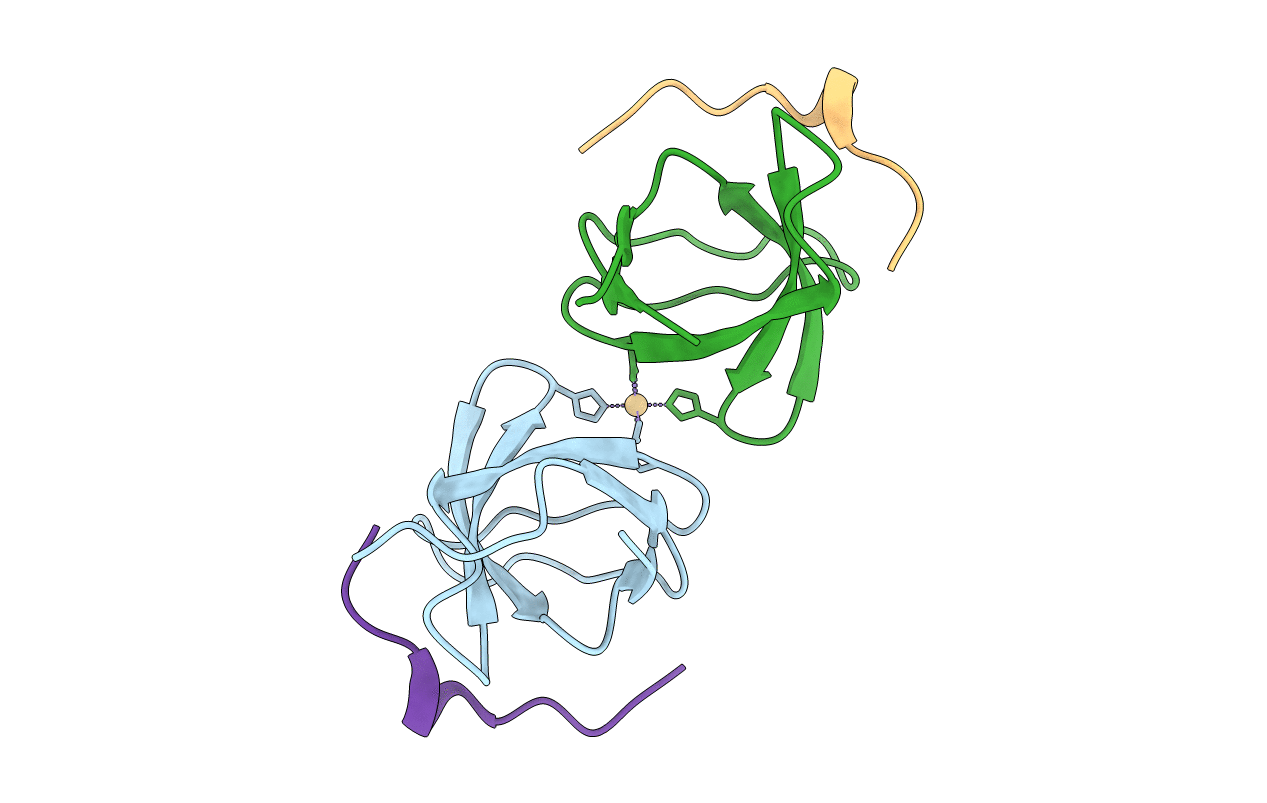
Deposition Date
2003-03-24
Release Date
2003-04-02
Last Version Date
2024-05-08
Method Details:
Experimental Method:
Resolution:
1.76 Å
R-Value Free:
0.23
R-Value Work:
0.17
R-Value Observed:
0.17
Space Group:
P 1 21 1


